In 2007, at the Tokyo Motor Show—now rebranded as the 2023 Japan Mobility Show—Nissan debuted the GT-R R35. Fast forward to today, the same event is showcasing the Hyper Force, a striking electric concept car characterized by its large rear wing and butterfly doors.
Nissan stops short of confirming that the electric concept is a preview of the next-gen GT-R (the R36), but there are hard-to-ignore indicators. Its silhouette and quad circular taillights scream GT-R, while the front's white and red illuminated squares suggest a futuristic take on Nissan’s iconic sports car. From a distance, the pixels seem like a deliberately blurred GT-R logo.


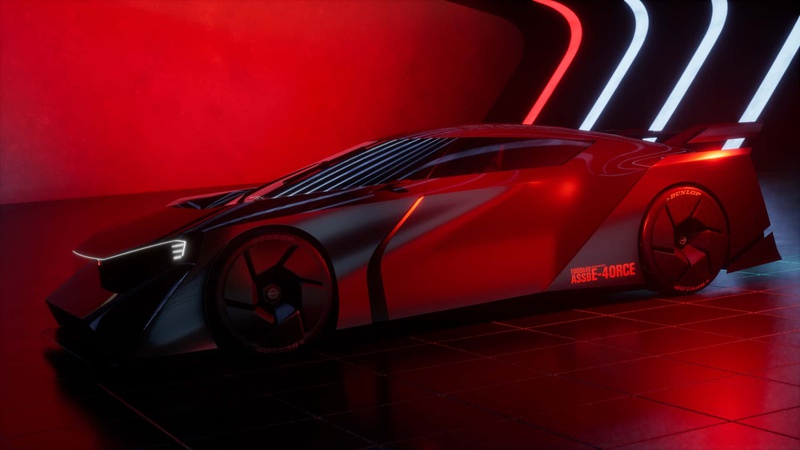
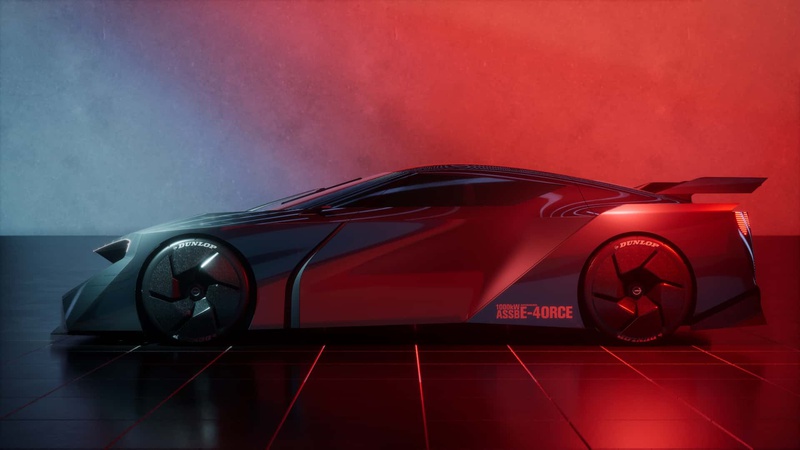

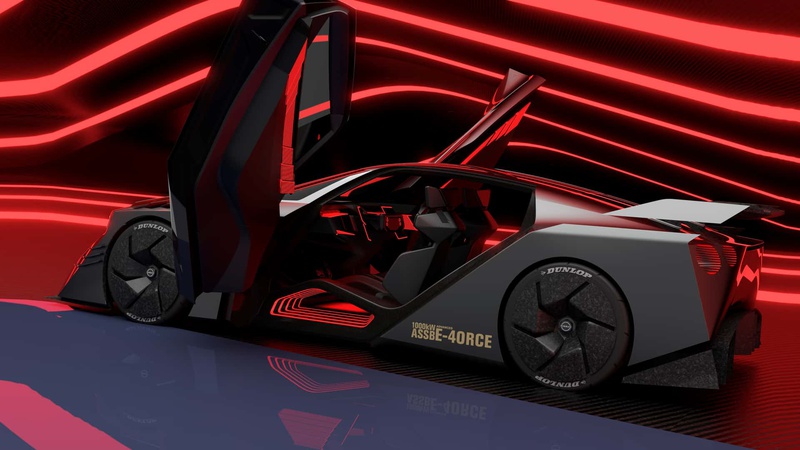

Nissan Hyper Force concept
Aesthetically, the car's body design features front canards and electrically-activated air vents in the fenders, while the rear is dominated by a gargantuan wing. The sky-facing doors are imposing, complemented by a large rear diffuser that helps anchor the car to the pavement. Sporting forged carbon wheels, the Hyper Force has a look that's reminiscent of something from the Gundam universe. If this concept goes into production as the next GT-R, expect a more subdued design.
Inside, the cabin is awash in LEDs, giving the impression of sitting inside a high-end gaming computer. Tailored for track performance—evidenced by a centrally-located windshield wiper—the vehicle swaps a traditional steering wheel for a racing version.
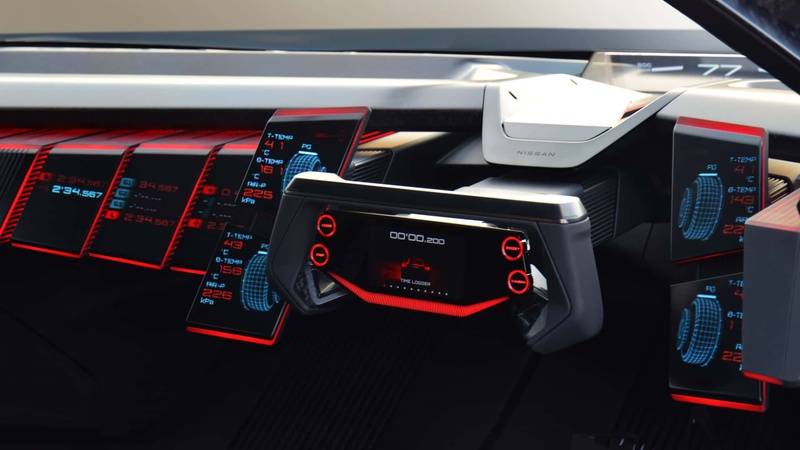
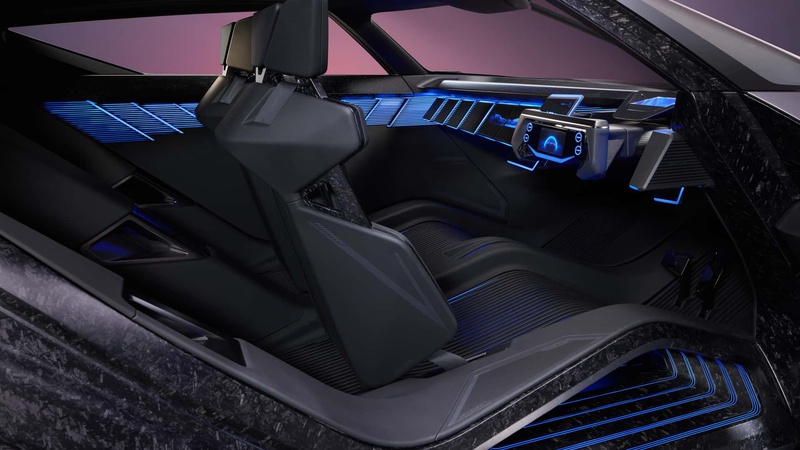


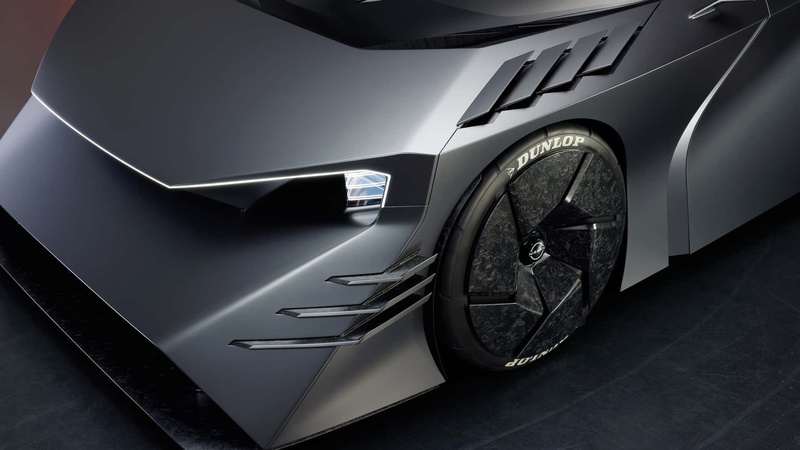

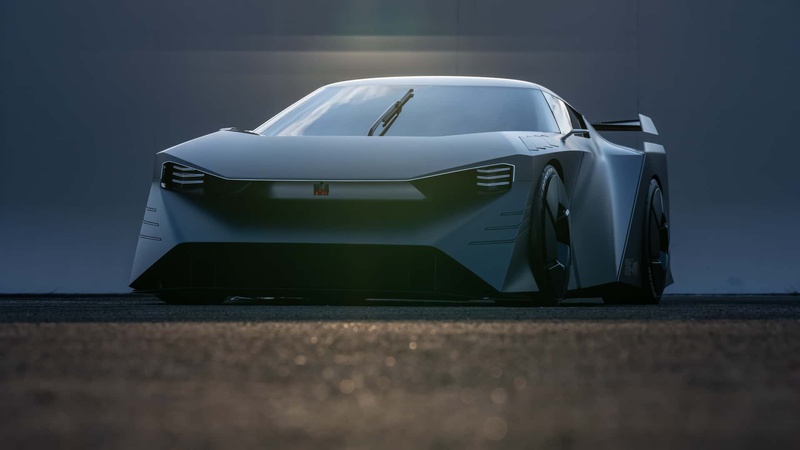
Nissan Hyper Force concept
The seats are sharply angled, providing excellent side support, and appear to be encased in a carbon-fiber shell. Further cementing its GT-R heritage, the Hyper Force is equipped with two driving modes labeled as "R" (for racing) and "GT" (for grand touring). Pretty self-explanatory, isn't it?
Under the hood, the Hyper Force features solid-state batteries and a whopping 1,000 kW, translating to 1,341 horsepower. Nissan indicates the electric monster employs the company’s e-4ORCE system, essentially a buzzword for its all-wheel-drive capability via front and rear motors. Additional specifications are still under wraps, though a head-up display reveals a top speed of 320 km/h (nearly 200 mph) in one of the official images.
As for when we might see the R36 roll out, it's anyone's guess. For reference, the R35 took six years to go from initial concept in 2001 to production model in 2007.
Source: Nissan
.jpg)
